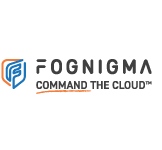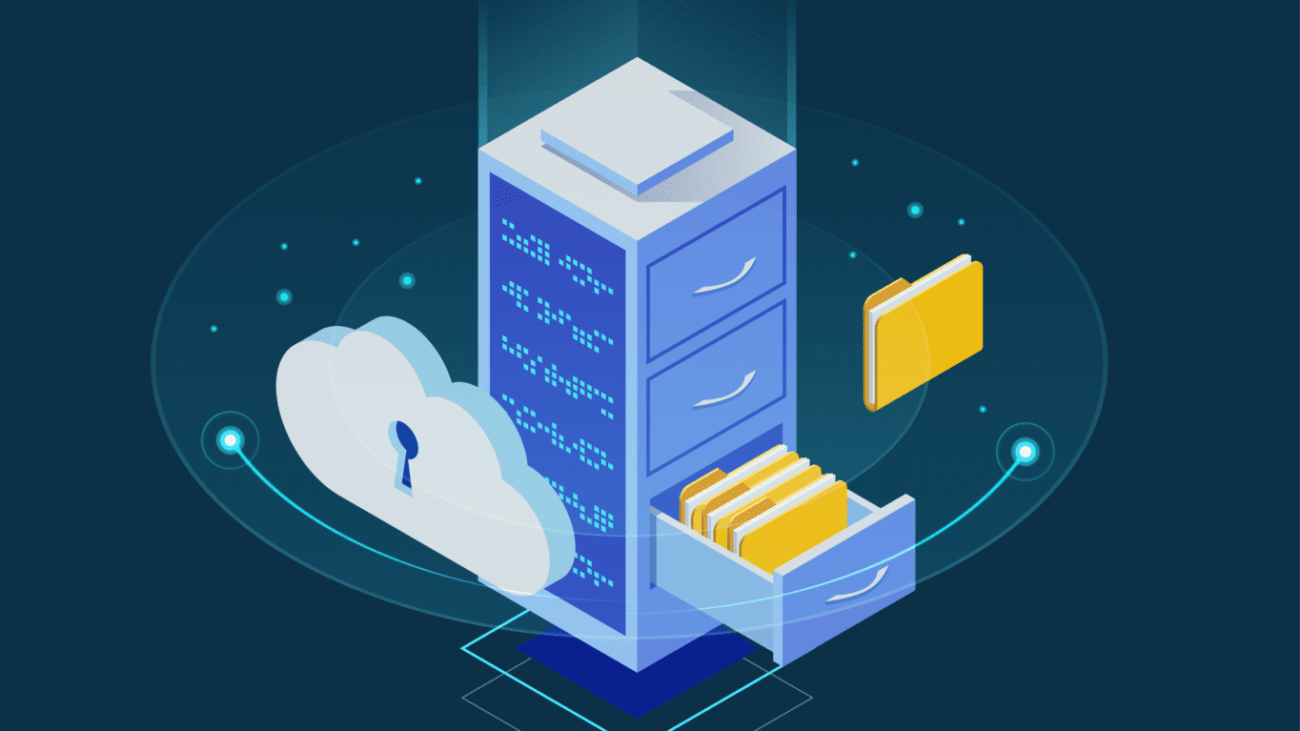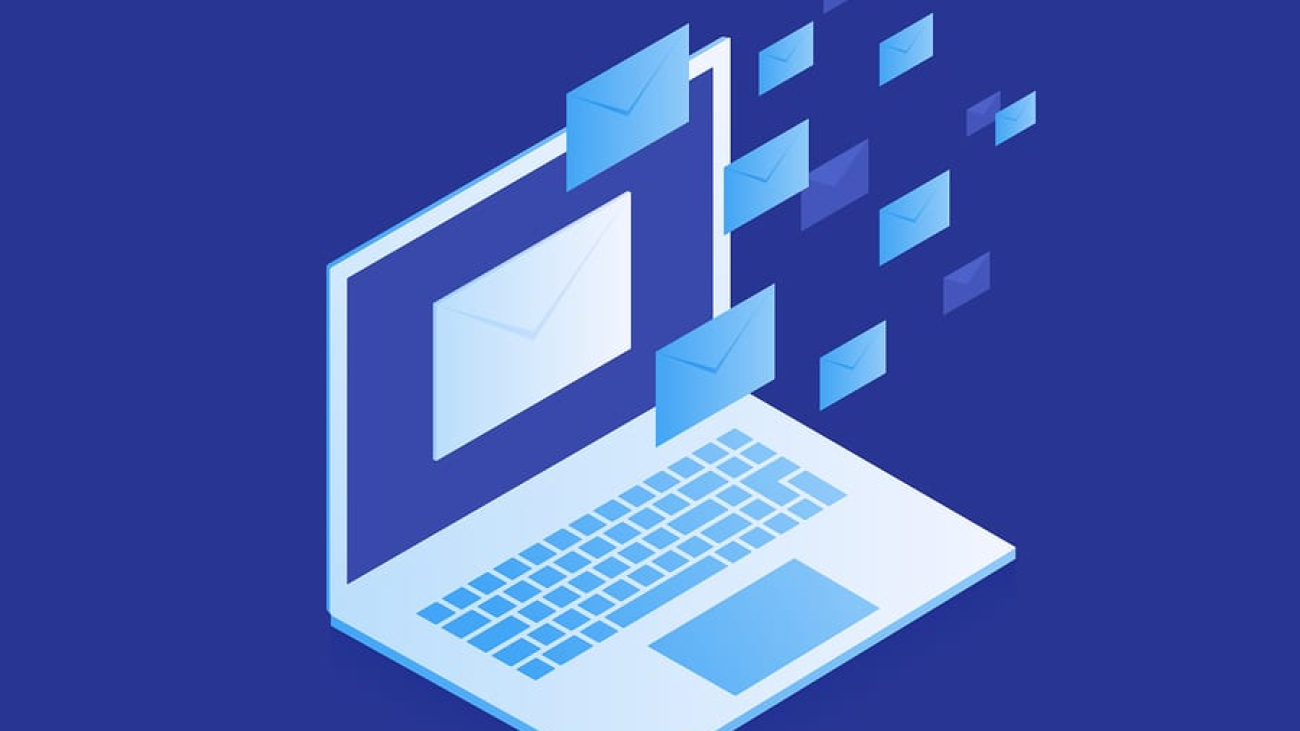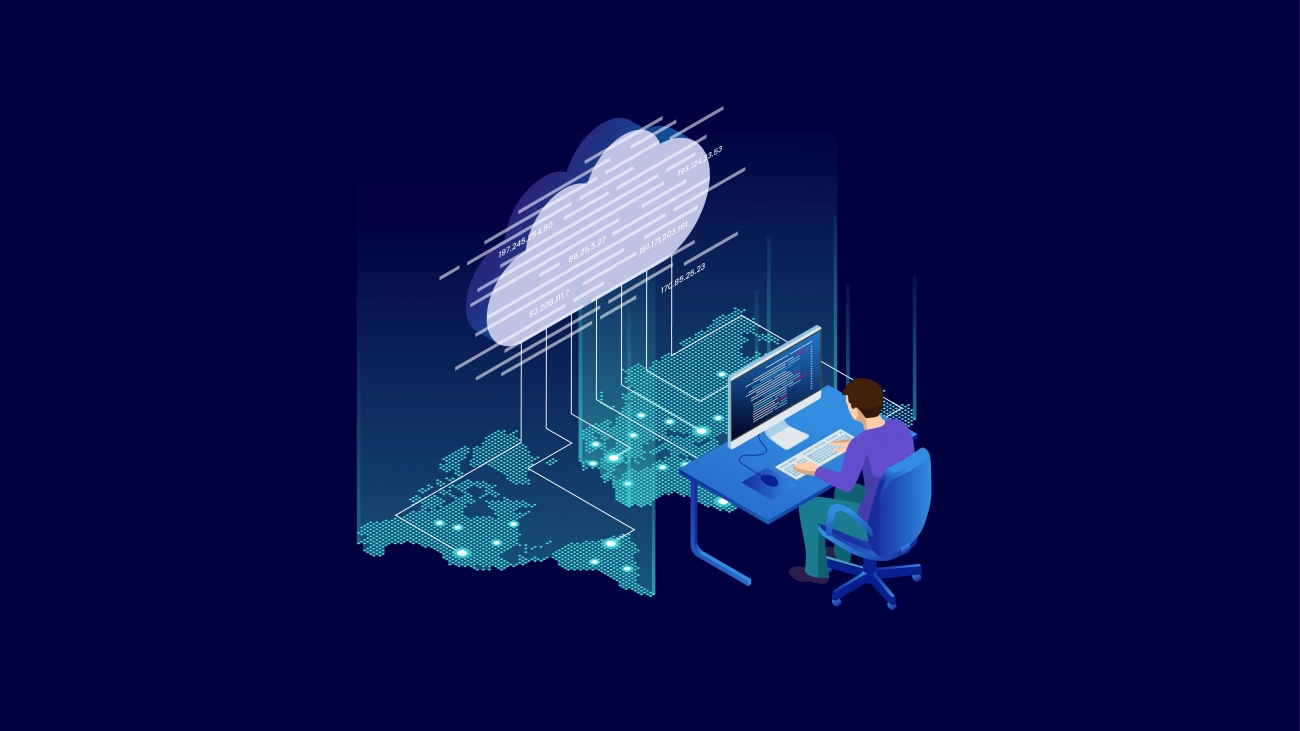Take Your Files with You
Just as the world never stops turning, our operations remain in constant motion. They take us on the road, in the air, and over the sea. We bundle up our technology and bring it with us so we can continue working, and no matter which types of tech we take along, one thing is always needed: our files. A secure file server can make all the difference.
Of course, you could take a thumb drive with your files wherever you go, but everyone knows how risky that is. Misplace the drive and your documents will most likely find a new life in dark places on the Internet where all sorts of bad things can result. Or, at the very least, multiple versions of the documents will be created, leading to version control confusion (i.e., you won’t know which version is the most recently updated and accurate).
The only answer is to have an online file repository where you can access your files, without creating and carrying around multiple copies. But which method is the best to create a secure file server?
Cloud Storage Thunderstorms
The fastest way to give your files the gift of remote access is to upload them to a cloud storage server operated by one company or another. We won’t name cloud storage companies because for many, they are viable options for file storage. However, we will mention some of the potential security risks these cloud storage companies, as a whole, represent.
- Lack of Crypto-Key Control – In simplistic terms, when files are encrypted, keys are created to encrypt and decrypt the files. If you don’t have the key, you can’t see the file. The problem with some cloud storage providers is they maintain ownership of the encryption keys, which means if the service was hacked, the hackers would have control over the encryption keys to your files.
- Lack of Any Security Control – When you sign up for a cloud storage provider, they have their own methods of cybersecurity in place. You don’t have a say in what encryption they use, for example, or any other security features. In short, you are trusting their cybersecurity team with all your data.
- Data Sharing – Sometimes cloud storage providers have shared data (or, at least, metadata) with third parties. When security is a prime concern, the sharing of any data about your data or your organization is potentially very harmful.
- Shared Server Storage – When you upload files to a cloud storage provider, your files are stored on a section of one of their massive servers. If the file server gets hacked via another customer’s account, once again, the hackers can gain access to your files since they reside on the same server.
Host Your Own Secure File Server
The easiest way to take total control over your file server needs is to set up your own. Though that might sound daunting, it is actually pretty simple. Plus, there are multiple manners of file sharing you can use. Here are a few:
- NAS (Network Attached Storage) – NAS is one of the easiest ways to build a secure server, but it is reliant on you having the proper type of router. Some routers have USB ports for storage. Plug in a thumb drive, configure a few settings, and you’re the proud owner of a private server!
- FTP (File Transfer Protocol) – FTP has been around for almost as long as the Internet. While it’s not exactly what you imagine when you think of a cloud server, FTP servers can be used to easily transfer large files. You can even add security measures to FTP. Use SFTP (Secure File Transfer Protocol) and you’ll be using SSH to protect the transmission of your files. Or, use FTPS (File Transfer Protocol Secure) which give you TLS encryption for data transmission.
- HFS (HTTP File Server) – HFS is another protocol which has been around for some time. It can be set up quickly which is great for inexperienced users yet has tons of customizable options for the more advanced users.
The most important part, after you’ve determined the type of private server you plan to run, is to explore security options. You’ll need to do it all yourself (as compared to a cloud storage provider) but, as previously stated, you’ll have full control over your security. You can make sure your security measures are always up to date, your software properly patched, and access to your files exactly as controlled as you desire.
To learn more how Fognigma, our leading-edge enterprise software solution, can take your protected, online-accessible file storage to the next level, contact us today.













